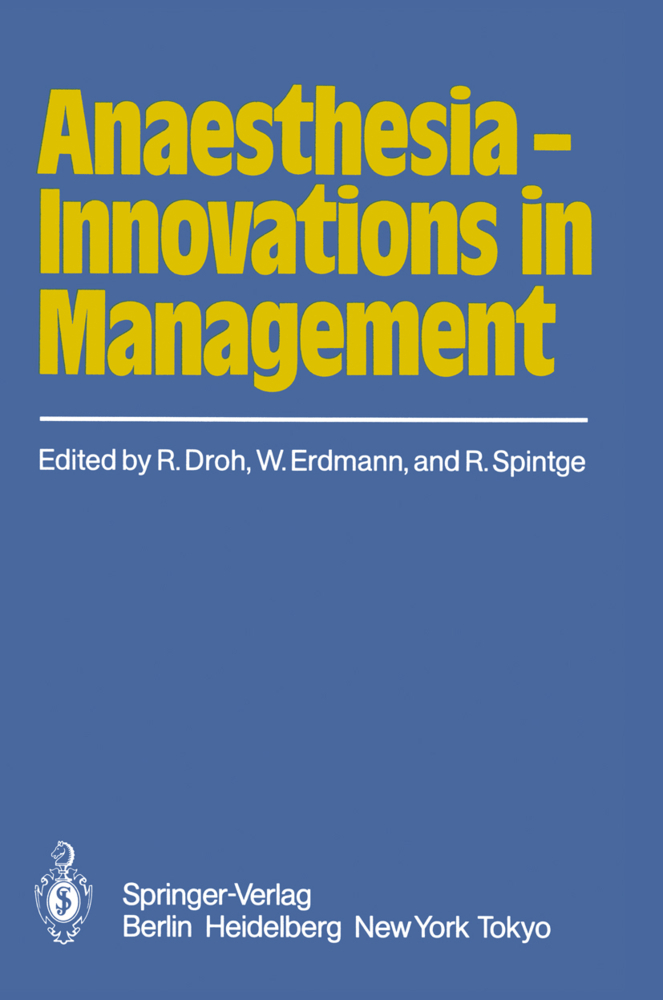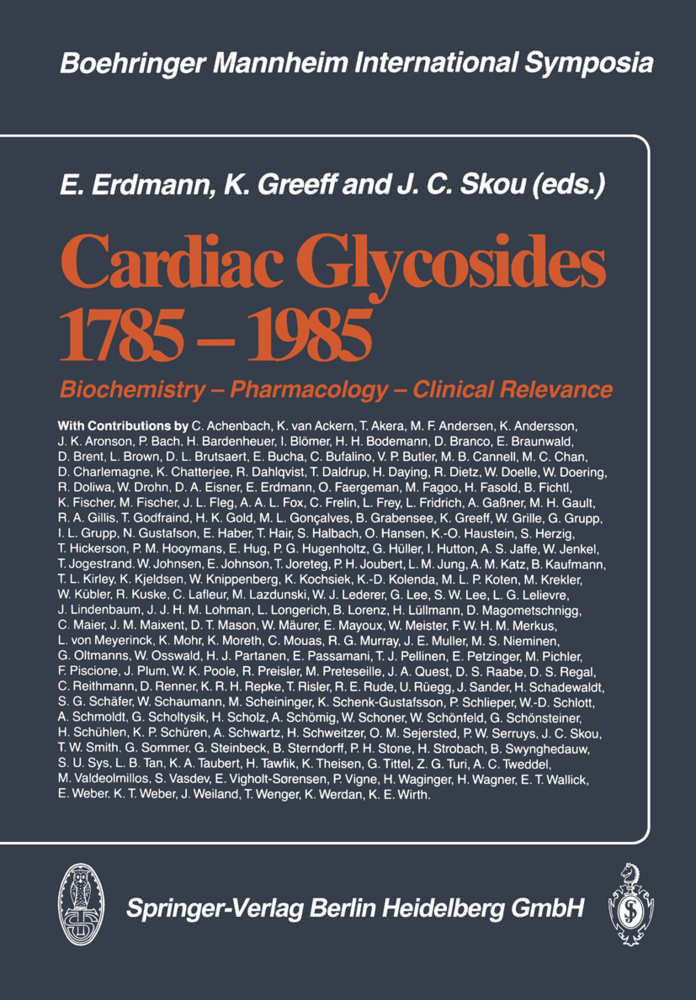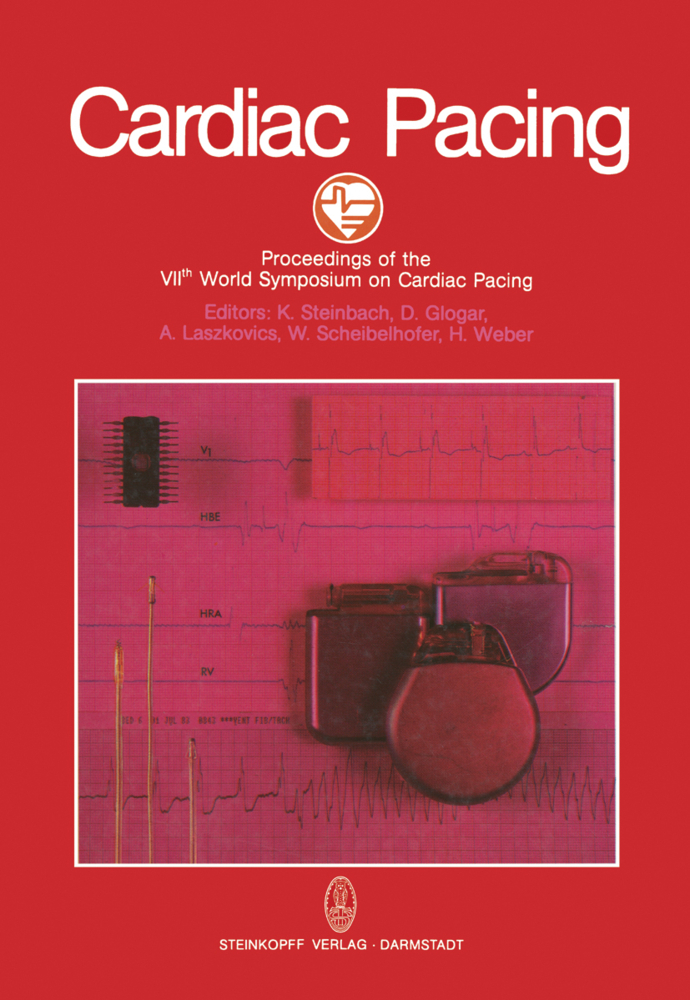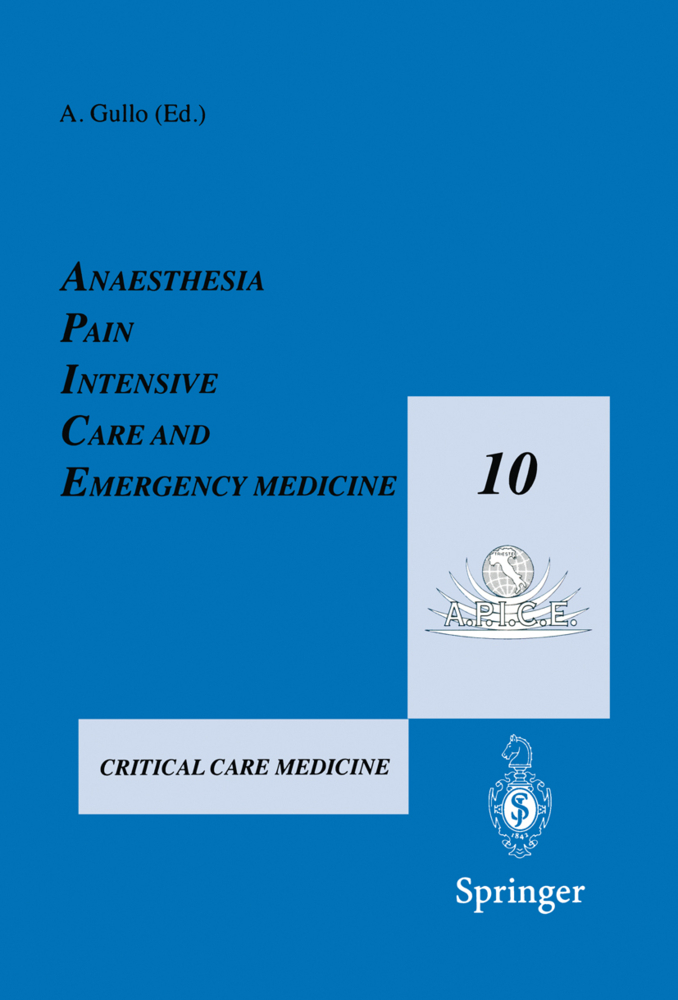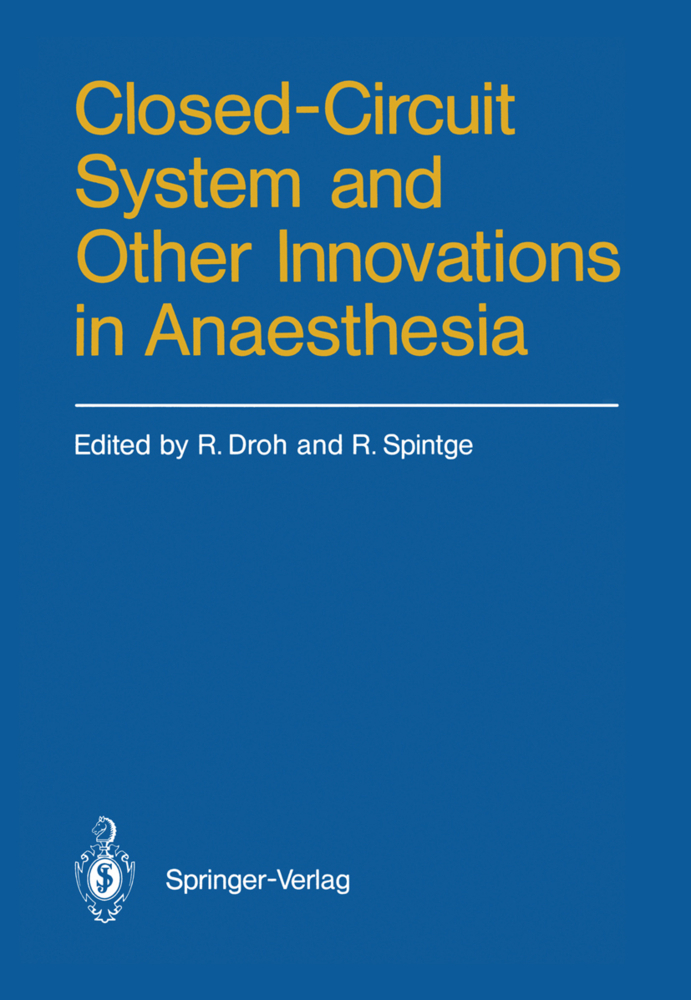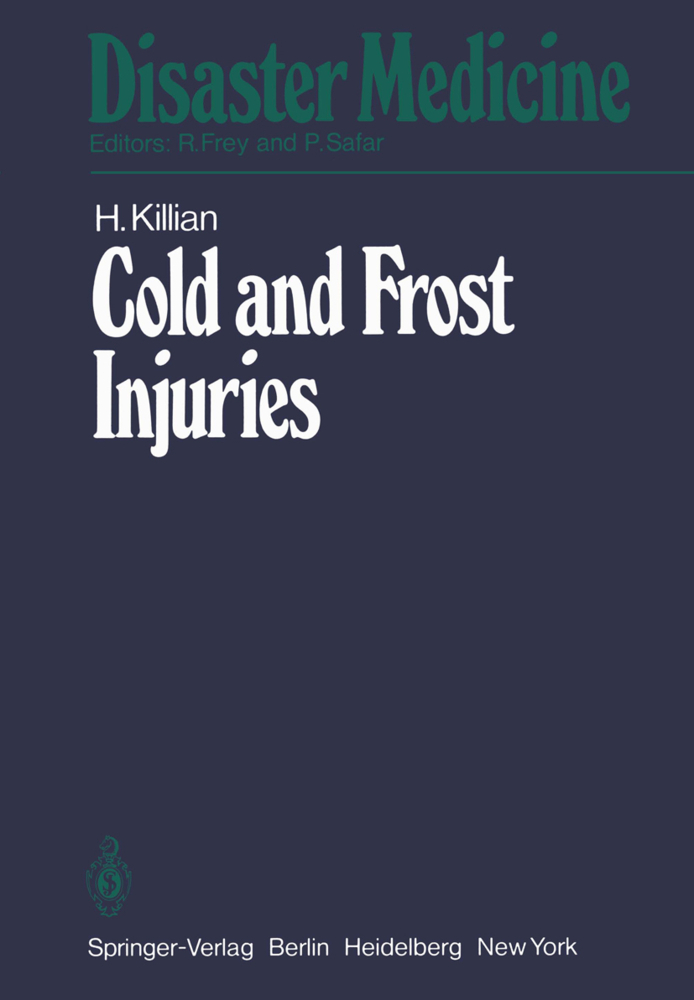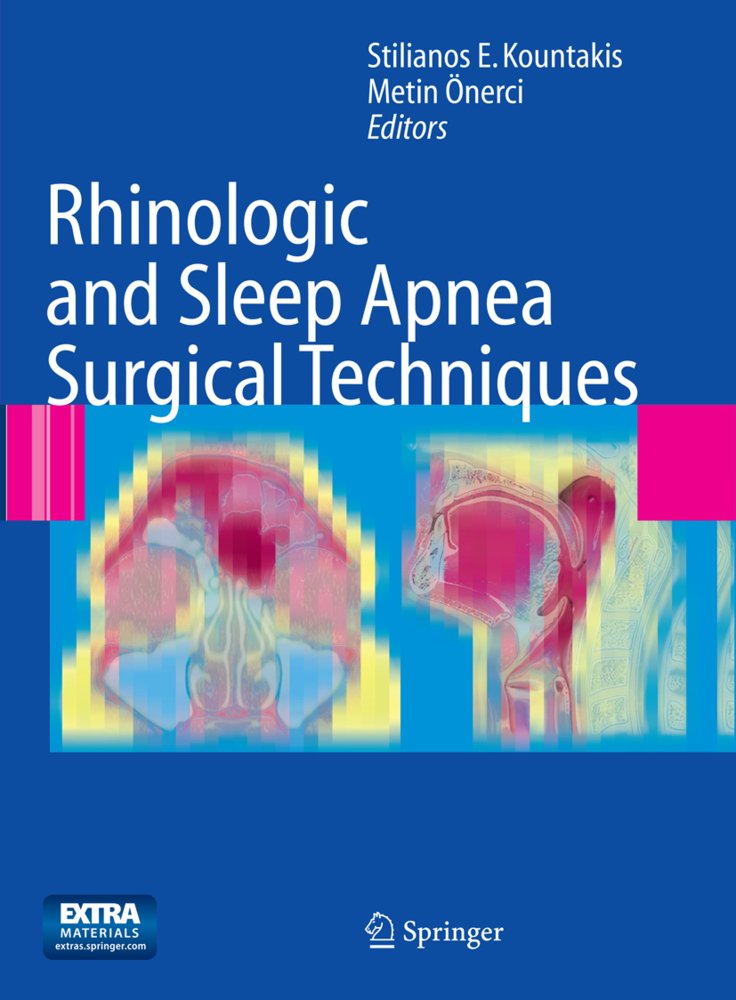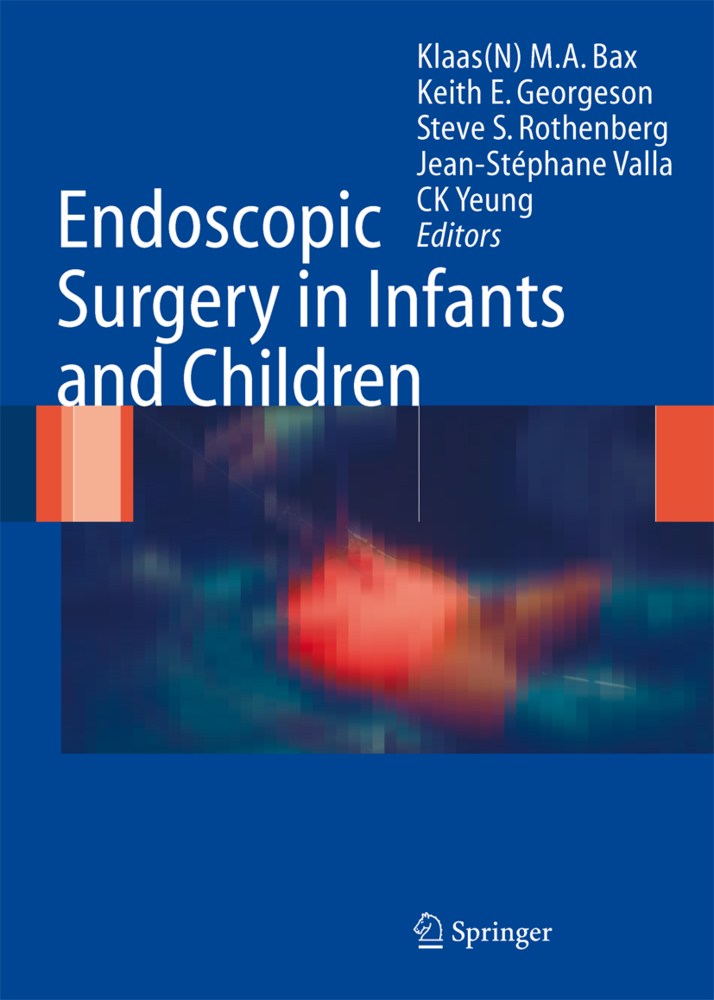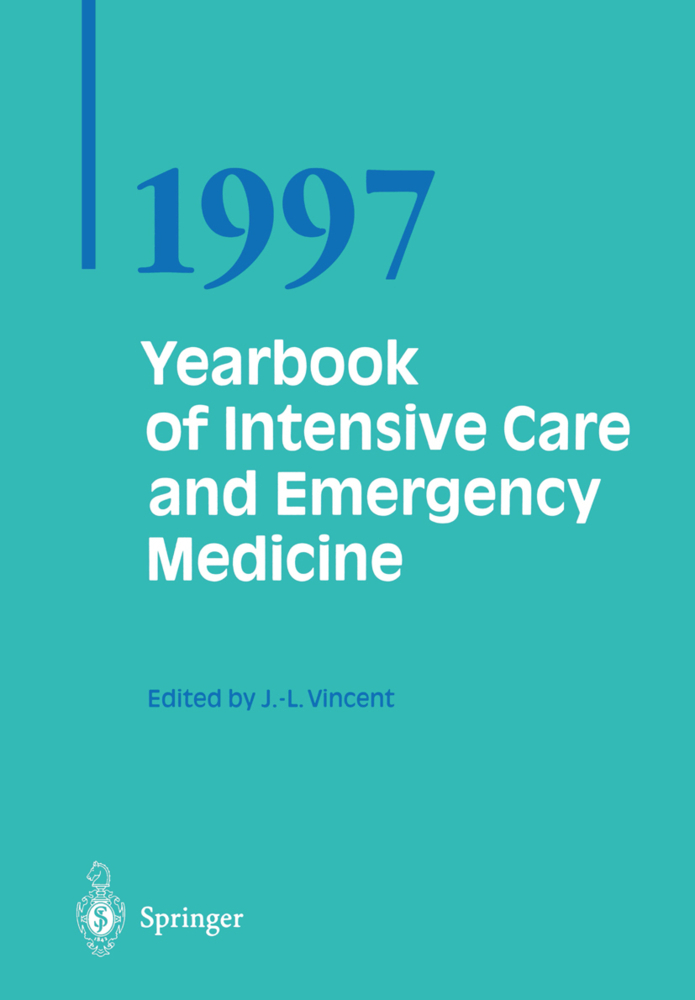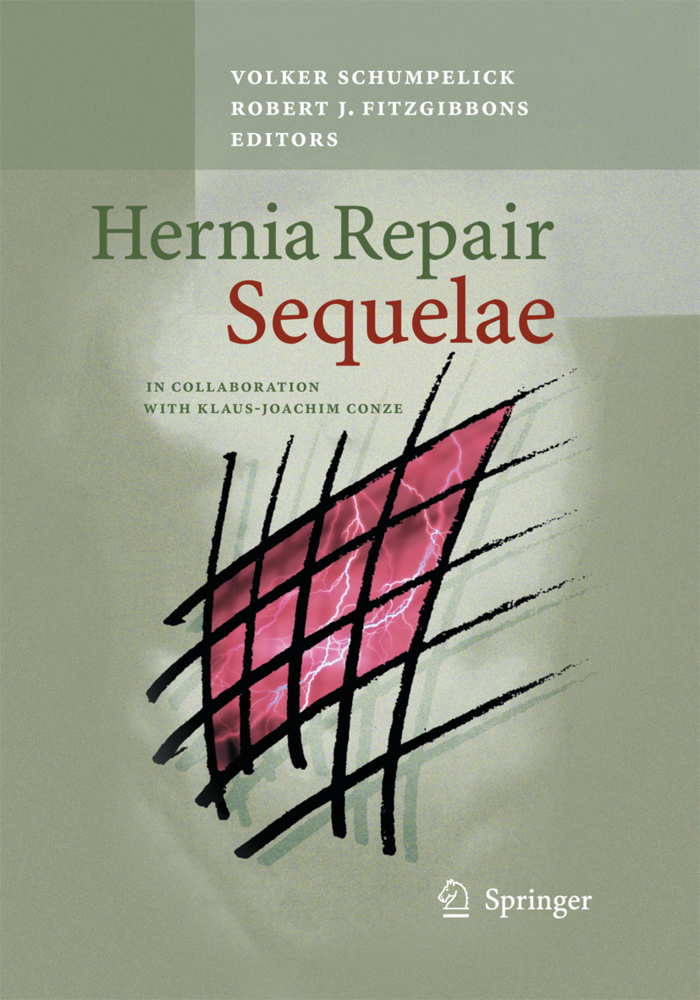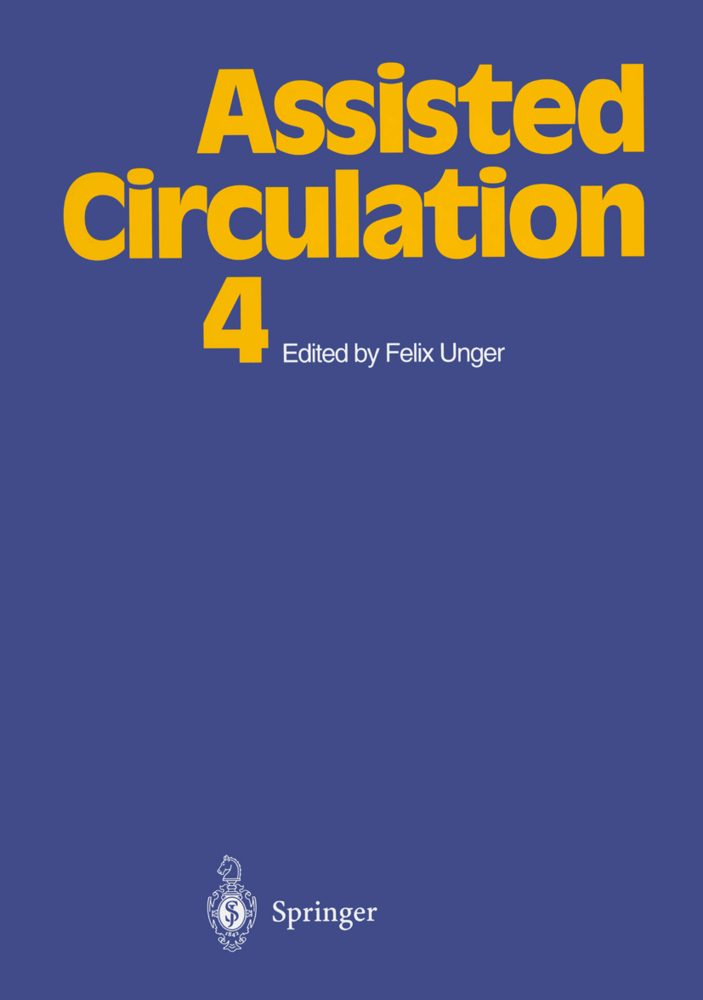Anaesthesia, Innovations in Management
Anaesthesia, Innovations in Management
R. Droh Ladies and gentlemen. dear friends and colleagues. we welcome you very cordially to our symposium "Innovations in Management and Technic and Pharmacol ogy". We are very glad that you have come to Liidenscheid and we do hope that our programme will fulfil your expectations. We decided to hold this symposium, because it is getting more and more dif ficult to select innovations at international congresses around the world which are important for our clinical work. Now and in the future our intention is to present the actual state of technology. management and pharmacology. We would be very glad to receive your suggestions for further symposia. The industry has the same problems as we have. They do not only have to search for those things which can be realized and which are desirable, but also for those things which can be sold. But the industry must also be stimulated by the inventors and by the users, so we want to bring together the industry, the physicians and the inventors for fruitful discussions. And we hope that in the fu ture the industry will provide us more quickly with those technical and organiz ational aids that we need. We want the indu~try no longer running behind the market but heading the market. At present too many interesting developments are killed by so-called market analysis, in the beliefing that such analysis can always prove what cannot be sold. In anaesthesia many companies are always busy with the same product.
The Biological Importance of Adequate Oxygen Supply: On-line Measurement of Oxygen and Carbon Dioxide
Principles of Measurement of Anaesthetic Agent Concentrations in Closed-Circuit Systems
The Present Status of Nitrous Oxide in Clinical Anaesthesia
Measurements of Volatile Gases
The Absolutely Tight Circuit System and the Problem of Excess Humidity
Automatic Ventilation in Minimal Flow Anaesthesia
A Closed Circuit
Automatic Ventilation During Closed-Circuit Anaesthesia
Discussion I
Structure and Effectiveness of the Dräger Microbe Filter 644 St
Discussion II
Comments on the Environmental Relevance of Commonly Used Inhalation Anaesthetics
Discussion III
Two Applications of a Differential Pressure Valve in Anaesthesia
Measurement and Control of Air Pollution by Anaesthetic Gases and Vapours
Measurement of Pulmonary Capillary Perfusion in Intubated Patients with a Non-invasive N2O-Rebreathing Method
Discussion IV
A Standardized Anaesthesia Machine
Ergonomics and Anaesthesia: Autitory Alarm Signals in the Operating Room
Rapid Setting of Intravenous Infusion Rates
Presentation of an Ergnomically Designed Work Place for Anaesthesia
Discussion V
A Newly Designed Unit for the Recording of ECG, Temperature, Pulse Plethysmography, and Other Body-Surface Parameters
Discussion VI
The Organization of the Secretariat
Discussion VII
The Induction and Recovery Period of Inhalation Anaesthesia: A Considerable Improvement with Isoflurane
Isoflurane
Discussion VIII
Quantitative Studies of Oxygen Exchange in Blood Substitution by Polymeric Stroma-free Haemoglobulin Solution
Experiments with Haemoglobin Solutions asPerfusion and Infusion Solution
The Technical and Physiological Aspects of Surgery and Anaesthesia Without Homologous Blood
The Ability of Perfluorochemicals to Provide Microcirculatory Oxygenation
Discussion IX
Analytical Aspects of Some Anaesthesiologically Important Peptide Hormones
Discussion X
?-Endorphin for Treatment of Pain
Discussion XI
Involvement of Pituitary Endorphins in Pain Perception and Their Importance in Pituitary-Stimulation-Induced Analgesia in Animals and Man
Sufentanil: A Synthetic Narcotic for Total Intravenous Anaesthesia?
Discussion XII
On a New Topical Anaesthesia for Intra-uterine Manipulations
Discussion XIII
Frontal EEG/EMG Analysis: A Method of Assessing Depth of Anaesthesia. First Experience with an "Anaesthesia and Brain Activity Monitor"
Pneumatic Controlled Circulation
Discussion XIV
Heart-Cycle-Synchronized Jet Ventilation
High-Frequency Ventilation for Laser Surgery of the Larynx
Discussion XV
The Pre-, Intra- and Postoperative Organization of Anaesthesia
Development and Practical Use of a Computerized Anaesthesia Protocol
Discussion XVI
On-Line Graphic Presentation of Lung Mechanics During Mechanical Ventilation
Check-List for the Dräger Narkosespiromat 650
Closing Statement.
The Closed-Circuit Anaesthesia System
Principles of Low Gas Flow Measurement for Closed-Circuit SystemsThe Biological Importance of Adequate Oxygen Supply: On-line Measurement of Oxygen and Carbon Dioxide
Principles of Measurement of Anaesthetic Agent Concentrations in Closed-Circuit Systems
The Present Status of Nitrous Oxide in Clinical Anaesthesia
Measurements of Volatile Gases
The Absolutely Tight Circuit System and the Problem of Excess Humidity
Automatic Ventilation in Minimal Flow Anaesthesia
A Closed Circuit
Automatic Ventilation During Closed-Circuit Anaesthesia
Discussion I
Structure and Effectiveness of the Dräger Microbe Filter 644 St
Discussion II
Comments on the Environmental Relevance of Commonly Used Inhalation Anaesthetics
Discussion III
Two Applications of a Differential Pressure Valve in Anaesthesia
Measurement and Control of Air Pollution by Anaesthetic Gases and Vapours
Measurement of Pulmonary Capillary Perfusion in Intubated Patients with a Non-invasive N2O-Rebreathing Method
Discussion IV
A Standardized Anaesthesia Machine
Ergonomics and Anaesthesia: Autitory Alarm Signals in the Operating Room
Rapid Setting of Intravenous Infusion Rates
Presentation of an Ergnomically Designed Work Place for Anaesthesia
Discussion V
A Newly Designed Unit for the Recording of ECG, Temperature, Pulse Plethysmography, and Other Body-Surface Parameters
Discussion VI
The Organization of the Secretariat
Discussion VII
The Induction and Recovery Period of Inhalation Anaesthesia: A Considerable Improvement with Isoflurane
Isoflurane
Discussion VIII
Quantitative Studies of Oxygen Exchange in Blood Substitution by Polymeric Stroma-free Haemoglobulin Solution
Experiments with Haemoglobin Solutions asPerfusion and Infusion Solution
The Technical and Physiological Aspects of Surgery and Anaesthesia Without Homologous Blood
The Ability of Perfluorochemicals to Provide Microcirculatory Oxygenation
Discussion IX
Analytical Aspects of Some Anaesthesiologically Important Peptide Hormones
Discussion X
?-Endorphin for Treatment of Pain
Discussion XI
Involvement of Pituitary Endorphins in Pain Perception and Their Importance in Pituitary-Stimulation-Induced Analgesia in Animals and Man
Sufentanil: A Synthetic Narcotic for Total Intravenous Anaesthesia?
Discussion XII
On a New Topical Anaesthesia for Intra-uterine Manipulations
Discussion XIII
Frontal EEG/EMG Analysis: A Method of Assessing Depth of Anaesthesia. First Experience with an "Anaesthesia and Brain Activity Monitor"
Pneumatic Controlled Circulation
Discussion XIV
Heart-Cycle-Synchronized Jet Ventilation
High-Frequency Ventilation for Laser Surgery of the Larynx
Discussion XV
The Pre-, Intra- and Postoperative Organization of Anaesthesia
Development and Practical Use of a Computerized Anaesthesia Protocol
Discussion XVI
On-Line Graphic Presentation of Lung Mechanics During Mechanical Ventilation
Check-List for the Dräger Narkosespiromat 650
Closing Statement.
Droh, Roland
Erdmann, Wilhelm
Spintge, Ralph
| ISBN | 978-3-540-13961-4 |
|---|---|
| Artikelnummer | 9783540139614 |
| Medientyp | Buch |
| Copyrightjahr | 1985 |
| Verlag | Springer, Berlin |
| Umfang | XII, 236 Seiten |
| Abbildungen | XII, 236 p. 47 illus. |
| Sprache | Englisch |

